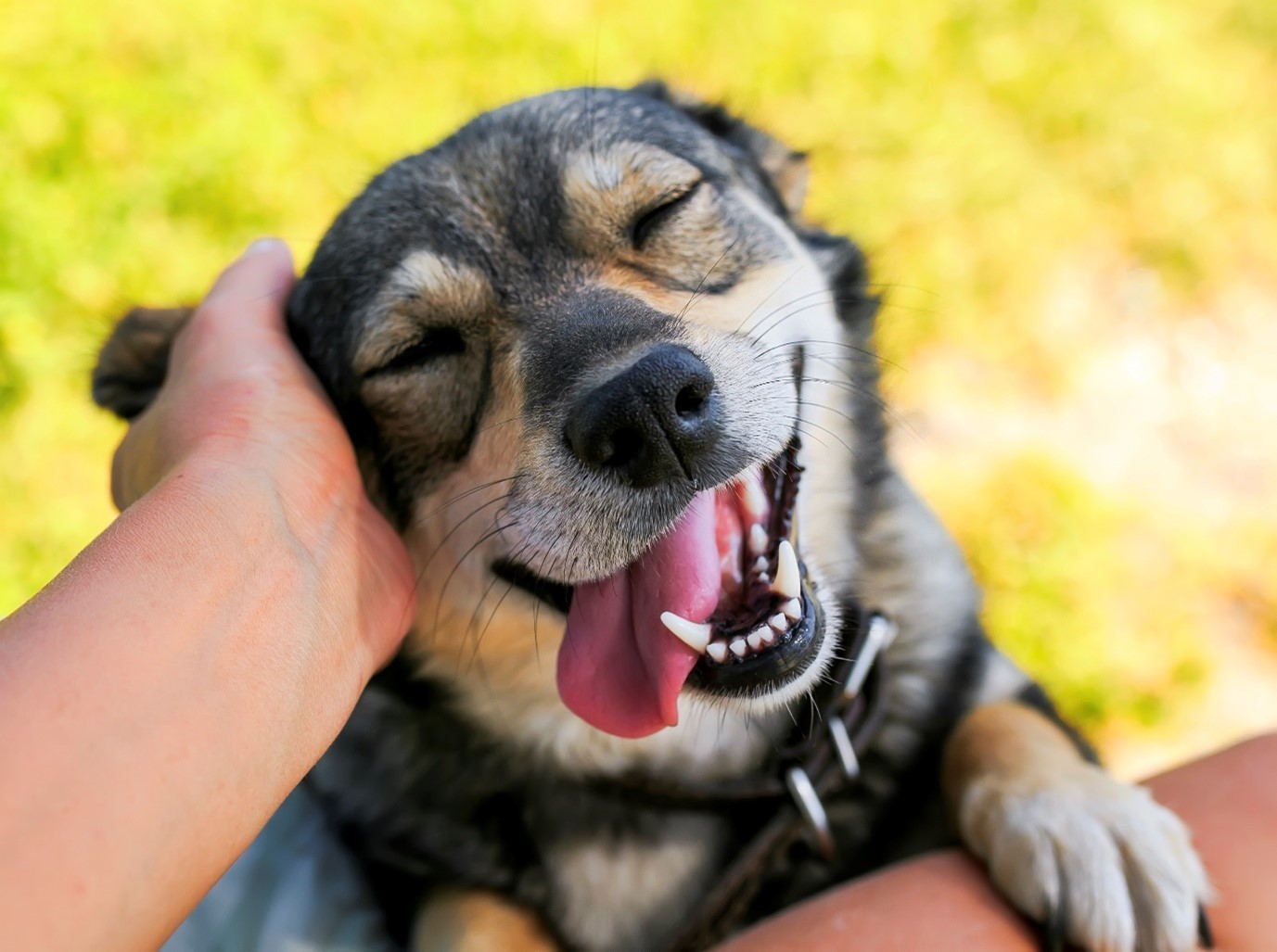Adopting a rescue comes with a lot of excitement, but there’s a lot to think about as well.
Not only do you need to consider food, toys, and toileting, but you may be wondering how long it will take your new furmily member to adjust to your home. If you’re feeling a little anxious, just imagine how your pet must feel!
Many rescues have had a rough start to life and might be hesitant to trust their new pawrents at first. Using the 3-3-3 rule will help you understand what is going through the mind of your new best friend during the first 3 days, 3 weeks, and 3 months of adoption.
While the 3-3-3 rule is just a general guideline (every pet is different and will adjust at their own unique pace), keeping it in mind when adopting gives you the knowledge of what to expect so you can help set your new pet up for success.
3 Days
Everything is new and completely overwhelming. Your new pet might be uncomfortable in their surroundings – they are in a different place, with different people and different smells, and they probably won’t know where to go to the toilet, when to eat, or what they’re allowed to touch.
Expect them to be timid and shy. Their body language will likely convey stress; if you adopted a dog, they might back away when someone approaches, drop their ears or tuck their tail. They may also bark or growl at you to make you go away. If you adopted a cat, they will likely be hiding altogether.
The priority at this stage is to make them feel as safe as possible in their new surroundings. Keep visitors and changes to the home at a minimum.
If you adopted a cat, it’s best to leave them to explore on their own terms. You should set them up in a quiet room with a carrier or bed for them to sleep in, food, water, a litter box and scratching pad to help them destress. Using a pheromone diffuser such as Feliway is also recommended.
When going in to visit them, keep as quiet as possible and wait for them to initiate contact. Like us, animals learn to feel safe in the world by observing those around them. Sitting in their room playing on your phone, listening to some relaxing music with them or reading a book is a great way for you to bond in a non-confrontational way and for them to feel safe..
If you have adopted a dog, lay out some large blankets in different parts of the home and see where they choose to sleep. This will be their safe area. Give them a couple of days to learn the layout of the house and start with walks away from busy areas so they have time to take in their new world. Open the door for them when they are showing signs of needing to toilet or if possible, keep the door open so they can come and go as they please.
Things to expect in the first 3 days:
- Hiding and keeping their distance.
- Feeling overwhelmed and not yet comfortable enough to be themselves.
- May not want to eat or drink.

3 Weeks
They’re starting to settle in and feeling a bit more comfortable. They may even be starting to realise this is their forever home!
Now that they’ve figured out their environment and are getting into more of a routine, you may see some of their real personality come through.
Changes in behaviour may start showing. Always reward your animal using treats, toys, or praise whenever they are doing something you consider good. This way they learn good things happen when they do good things.
For unwanted behaviours, we look to work out why they are doing it. Divert them into a more positive behaviour then reward them for the new behaviour. Raising your voice, using harsh tones, pushing an animal around or intimidating them is never ok. Like us, it imbeds fear and will go to create trauma and damage the bond you have with them, creating further unwanted behaviours.
Things to expect:
- Starting to grow in confidence.
- May start exhibiting new behaviours.
- Starting to form routines.

3 Months
Your pet might now be comfortable in your home. You may have built trust and a true bond with them, which gives them a complete sense of security with you. They are set in their routine and will come to expect dinner at the usual time.
Things to expect:
- Is set in the new routine.
- Seeks out your company more frequently.
- The bond and trust between you have developed.
- Gains a complete sense of security with new family and environment.
Every pet is unique. Some will follow the 3-3-3 rule to a tee, while others can take much longer to feel completely comfortable. Like us, animals are unique – each one will adjust at their own pace.
Remember to take it slow and keep in mind how your pet is feeling. The adoption process can be stressful for them so make sure to give your furmily member time, space, and lots of love!
For more training and behaviour advice, click the button below!
